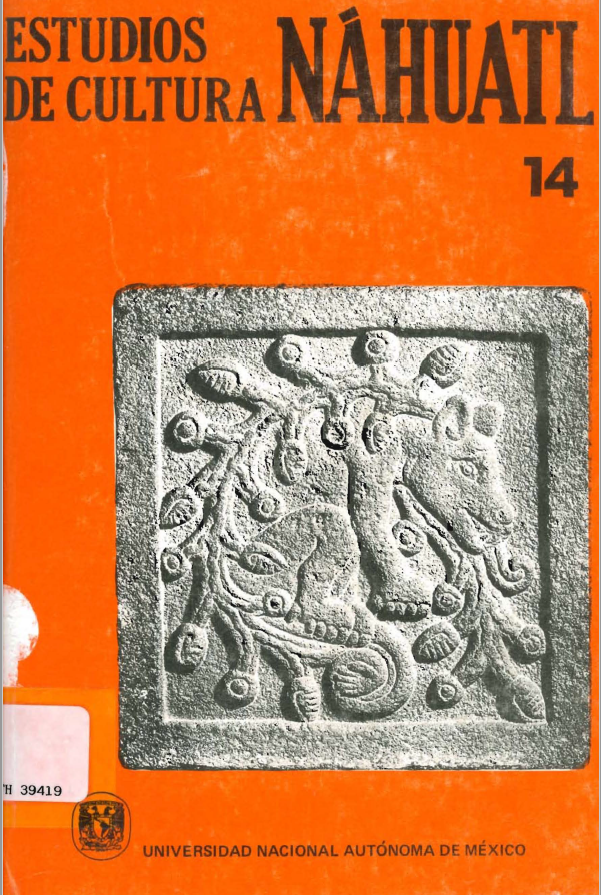Resumen
Sahagun's works comprise one of the major sources on the tlatoani, ruler, and the tlatocayotl, rulership, and is surely one of the best. His methodology could scarcely be improved upon. As he himself states, the process of gathering this, and other data, went through three major stages which spanned the period 1559-1569. "The first turf was cut", as he puts it, in Tepepulco (today, Tepeapulco, Hidalgo), where he had as informants ten or twelve elderly principales (tetecutin), nobles and lords, and as amanuenses, four gramáticos, "erudites", who had formerly been bis students at the Colegio de Santa Cruz, themselves principales. "All the things discussed they gave me in pictures", Sahagún states, "which was the writing they used in ancient (pre-conquest) times, and the gramáticos rendered them into their own language, writing the explanation at the foot of the picture". The second and third stages which took place in TIatelolco and Mexico, respectively, followed the same procedure. Thus, Sahagún states, " ...those of Tepepulco were the first sieve through which my works were sifted; those of Tlatelolco, the second; those of Mexico, the third; and taking part in all these investigations were the college gramáticos" (SAH: 1956: 105 fí.) There is little doubt that as aides, the gramáticos were invaluable. They were tri-lingual, being versed in Latin, Spanish and Nahuatl, and they were principales in whom the pre-conquest traditions of their forebears were still alive. Thus, they could be counted on to comprehend and interpret correctly, the data given Sahagún by the native informants. While it could be argued that they may have deliberately misinterpreted the data, being influenced by their relationship with the friars, generally speaking, this does not seem to be the case. Further, it is not illogical to suppose that they may have been related to some of the informants. This is particularly pertinent to the subject of this paper, which aims to deal with some aspects of tlatoani and tlatocayotl as delineated in Sahagún's codices.
Cómo citar
Licencia
Derechos de autor 1980 Universidad Nacional Autónoma de México. Instituto de Investigaciones Históricas

Esta obra está bajo una licencia internacional Creative Commons Atribución-NoComercial-SinDerivadas 4.0.
- Resumen visto - 231 veces
- PDF (English) descargado - 493 veces


 Estudios de Cultura Náhuatl se encuentra bajo una
Estudios de Cultura Náhuatl se encuentra bajo una 








